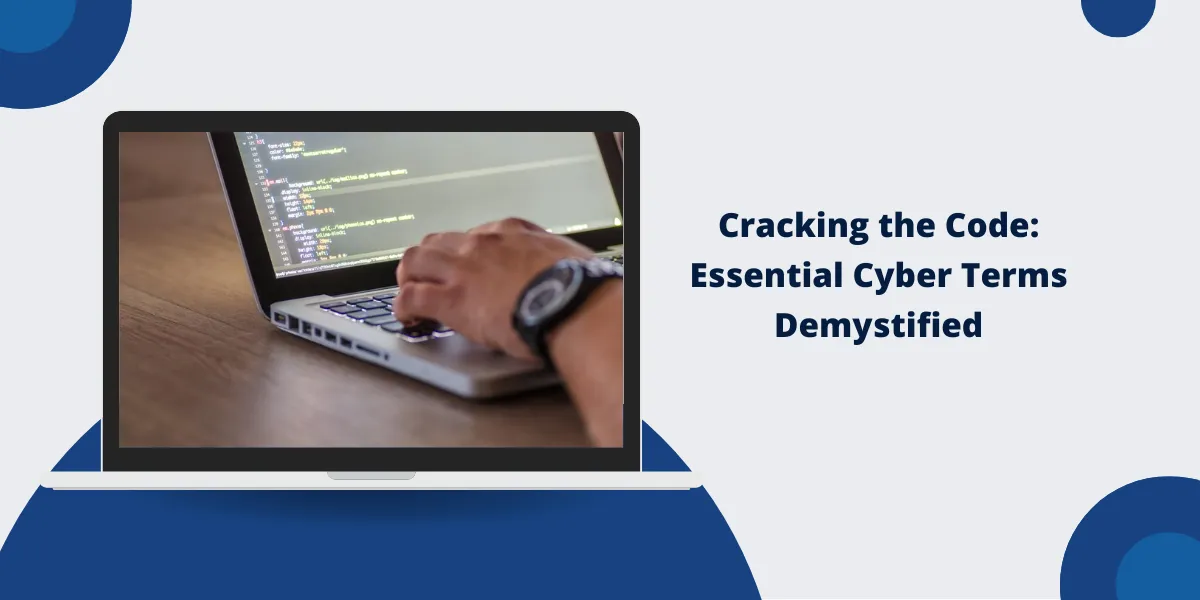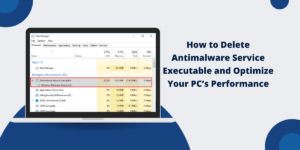Phishing: The Bait and Switch of Cyber Threats
Phishing remains one of the most pervasive forms of cyber attack, targeting individuals and organizations through deceptive emails and messages. The primary goal of phishing is to trick the victim into providing sensitive information such as passwords or financial details. Attackers often masquerade as reputable entities, leveraging familiar logos and language to create authenticity.
Reports indicate that over 80% of organizations experienced some form of phishing attack in the past year, showcasing its prevalence and impact. Beyond email, phishing has expanded to social media and text messaging, a method known as smishing. This increase in formats complicates detection and widens the pool of potential victims. Training employees on how to spot phishing attempts can significantly reduce the risk of falling prey to such tactics.
Malware: A Menace in Various Forms
Malware is an umbrella term that refers to any malicious software designed to harm a computer or network. It encompasses various categories, including viruses, worms, trojans, and spyware, among others. Each form of malware carries a distinct mechanism for infection and operates with different goals, from data stealing to complete system takeover. Recent statistics reveal that malware attacks have increased by 200% in the last year, emphasizing the urgency of understanding this term.
Organizations must prioritize cybersecurity measures to detect and eliminate malware effectively. Regular updates of antivirus software and implementing firewalls can help bolster defenses against these threats. User education is critical, as awareness of unknown download prompts may prevent accidental installations.
The Importance of Encryption in Cybersecurity
Encryption serves as a cornerstone in protecting sensitive information from cybercriminals. This process transforms data into a coded format, making it unreadable without the appropriate decryption key. In the past few years, the demand for encryption technologies has skyrocketed, particularly in sectors handling sensitive data such as healthcare and finance. More than 90% of organizations report using encryption in some form, underlining its growing importance.
While encryption significantly enhances security, relying solely on it presents challenges. Proper key management is important to ensure that legitimate users can access the data while unauthorized individuals cannot. Understanding encryption principles is vital for anyone involved in handling sensitive information.
Ransomware: A Scourge in the Digital Age
Ransomware attacks have skyrocketed in recent years, crippling organizations across the globe by rendering their data inaccessible unless a ransom is paid. This type of malware exploits vulnerabilities in system defenses to encrypt data, holding it hostage. A staggering 80% of organizations have reported being victims of some form of ransomware attack. An expert guide to what is ransomware in information security can provide more comprehensive insights into its mechanisms and prevention strategies. Building strong cybersecurity awareness and implementing proactive defense measures remain the most effective ways to mitigate the threat of ransomware.
Companies are encouraged to develop robust backup plans and conduct regular training to minimize the risk of attack. Being proactive in cybersecurity measures can prevent significant financial and reputational damage. Resilience against ransomware is not achieved through technology alone but through a culture of vigilance and preparedness.
Firewalls: The Digital Barriers
Firewalls act as crucial barriers between trusted internal networks and untrusted external networks. They monitor incoming and outgoing traffic, allowing or blocking data packets based on established security rules. With the rise in remote work and cloud computing, firewalls have evolved to offer enhanced features like intrusion detection and prevention systems.
Statistics show that businesses implementing next-generation firewalls enjoy a 70% reduction in successful breaches. Proper configuration and continuous monitoring are important to maintaining firewall effectiveness. A firewall alone cannot stop all threats; it complements other security measures, creating a layered defense.
Two-Factor Authentication: Heightening Security Standards
Two-factor authentication (2FA) adds an extra layer of security beyond just a password. Incorporating a second verification step, such as a text message code or biometric scan, significantly mitigates the risk of unauthorized access. With recent data breaches, 2FA adoption has surged, as it is one of the most effective methods to enhance account security.
Organizations that implement 2FA see a decrease of at least 99% in account takeover attacks. Ensuring that employees understand the importance of this security measure is fundamental to maintaining a secure digital environment. User-friendly 2FA mechanisms encourage widespread acceptance and engagement.
Final Thoughts
Understanding important cybersecurity terms empowers individuals and organizations to take proactive steps in safeguarding their digital presence. By familiarizing themselves with phishing, malware, encryption, ransomware, firewalls, and two-factor authentication, they pave the way for a more secure future. Implementing best practices enhances these efforts, creating a robust defense against ever-evolving cyber threats.

Priya Mervana
 Verified Web Security Experts
Verified Web Security Experts
Priya Mervana is working at SSLInsights.com as a web security expert with over 10 years of experience writing about encryption, SSL certificates, and online privacy. She aims to make complex security topics easily understandable for everyday internet users.



